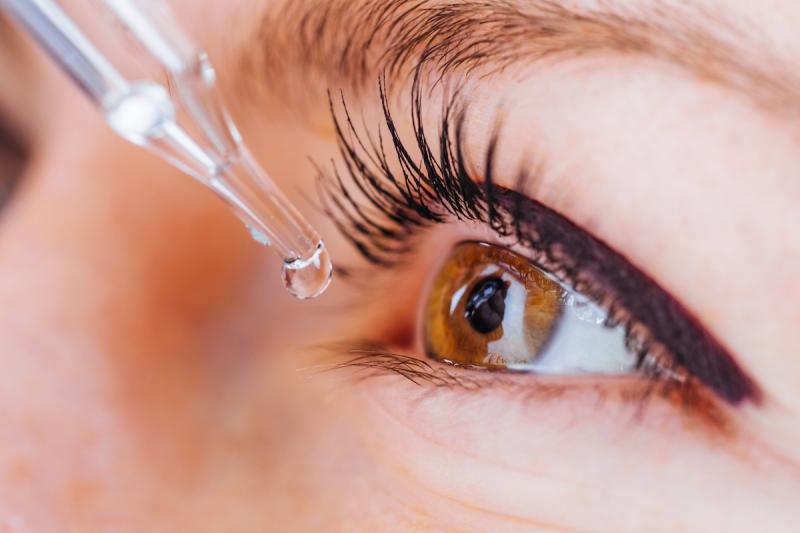Glaucoma Treatments Expand
Glaucoma is a leading cause of blindness worldwide, affecting over 60 million people. Traditional drug therapies for glaucoma such as prostaglandin analogues, beta blockers, and alpha agonists have been mainstays of treatment for decades. However, researchers continue working to develop new drugs with improved safety and tolerability profiles. A growing number of fixed-dose combination medications now allow for simultaneous treatment of multiple aspects of the disease with a single drop. Sustained-release drug delivery technologies also aim to reduce treatment burden by requiring less frequent dosing. Gene therapies targeting underlying disease mechanisms have also emerged, offering potentially transformative new treatment options. Looking ahead, regenerative approaches exploring the use of stem cells may eventually enable repair of damage from glaucoma in certain cases.
Advances in Diabetic Retinopathy Management
Diabetic retinopathy is a common complication of diabetes and a leading cause of blindness among working-age adults. Treatment has traditionally focused on controlling blood glucose and blood pressure levels to slow progression. Intravitreal injections of anti-VEGF drugs such as ranibizumab and aflibercept that inhibit abnormal new blood vessel growth have revolutionized treatment in recent decades. These offer superior visual outcomes compared to previous laser therapies and allow for longer intervals between treatments. Sustained-release Ophthalmic Drugs implants delivering anti-VEGF medications over months also aim to reduce treatment burden. Researchers additionally work to illuminate new disease mechanisms and develop complementary treatment approaches targeting various aspects of pathogenesis.
Novel Options for Retinal Diseases
Inherited retinal dystrophies collectively represent one of the most common causes of inherited blindness worldwide. While no cures currently exist, gene therapies delivering functioning versions of defective genes show promise for conditions such as Leber congenital amaurosis and retinitis pigmentosa. Early results demonstrate notable vision improvements in some cases, representing the first effective treatments. Complementary drug and cell-based therapies also advance, with potential regenerative approaches incorporating stem cells now in early development. For age-related macular degeneration (AMD), new drug combinations for ‘wet’ AMD blocking multiple growth factors build upon past successes of anti-VEGF monotherapy. They aim to provide enhanced efficacy while potentially extending treatment intervals. Dry AMD management also evolves as research further elucidates pathogenesis and promising nutritional supplement formulations emerge.
Expanded Uses for Corticosteroids
Corticosteroids such as dexamethasone remain staple anti-inflammatory drugs for numerous ophthalmic conditions. They are well established for posterior uveitis and retinal vascular diseases like diabetic macular edema. However, their applications now span an even broader range of disorders. They have shown utility as adjunctive therapy for ‘wet’ AMD, with evidence suggesting improved visual outcomes when combined with anti-VEGF injections. Physician opinions vary on their exact role. Corticosteroids also demonstrate effectiveness for non-infectious anterior uveitis conditions like keratitis and scleritis, providing a generally well-tolerated alternative or adjunct to systemic immunosuppressants. Additionally, research explores their potential prevention of scarring following glaucoma drainage device implantation. As ubiquitous as corticosteroids remain within ophthalmology, continuous studies further refine their optimal uses.
Emerging Devices Enhance Drug Delivery
Device-based innovations now revolutionize how ophthalmic drugs are administered. Prefilled, single-use autoinjectors have vastly improved upon manual intravitreal injections of anti-VEGF agents, reducing technique variability and risk of infection. Sustained-release drug implants placed in the eye provide another option for conditions requiring chronic treatment such as neovascular AMD. Some stay in place for over a year, offering major advantages in treatment burden compared to frequent injections. Contact lenses and punctal plugs provide alternative noninvasive drug delivery routes that require development and study. Microneedle arrays offer potentially painless intradermal administration of certain ophthalmic compounds, skipping instillation or injection into the eye entirely. Researchers evaluate devices powered by ultrasound and iontophoresis that may actively drive drug molecules across ocular barriers as well. These technologies could vastly enhance drug delivery methods.
Continued Advancements Promise Brighter Future
Once limited mainly to infectious diseases and refractive errors, sight-saving and restoring treatments now target numerous chronic ophthalmic disorders as well. While past decades saw major innovations in anti-VEGF drugs and corticosteroids, emerging gene and cell therapies now offer potentially transformative new strategies to treat conditions at their root cause. Device technologies also dramatically improve drug delivery routes. Despite significant progress, many challenges remain as treatment goals increasingly shift towards functional regeneration and cures. Nevertheless, ophthalmic drug and device development has never moved faster thanks to intensifying research efforts and collaborations. With continued determination and openness to new ideas, the next generation of treatments promises to brighten futures for countless more affected by vision loss
Get more insights on Ophthalmic Drugs
